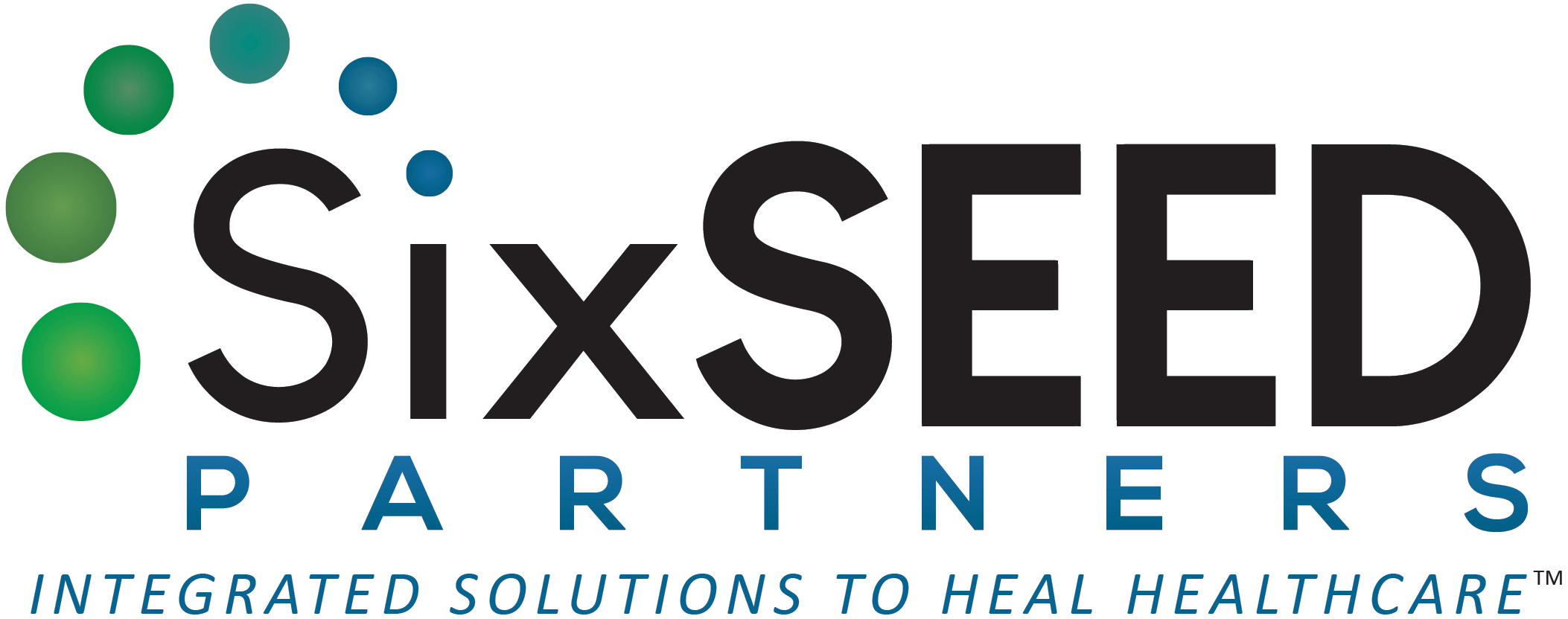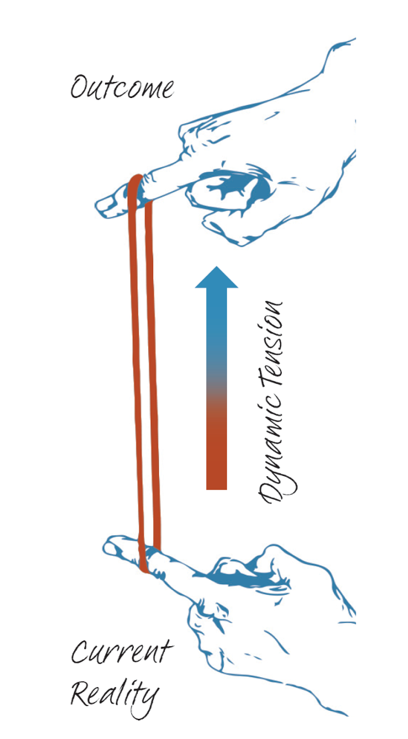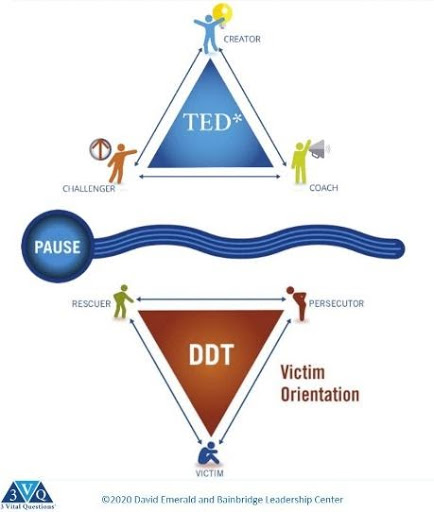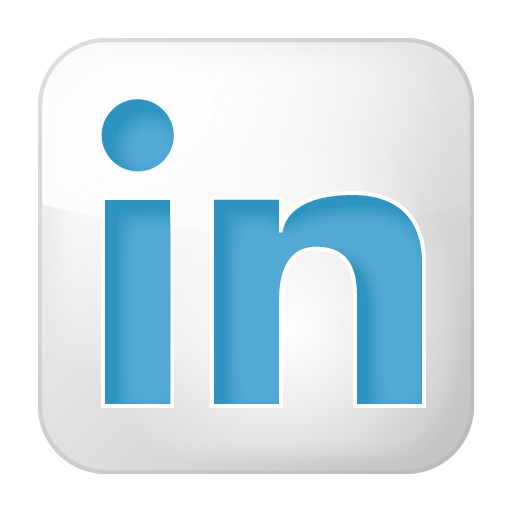Our commitment
SixSEED Partners applies the tools and processes we use with our partner clients, to ourselves. One way we did that recently was to take some “time-out” from virtual and the day-to-day to do some reflection and self-care in the process of our work. Cliff’s retreat and learning center, “Kayser Ridge” located in Berkeley Springs, West Virginia was the perfect place to “walk our talk.” Here are a few highlights from our SixSEED retreat, which focused on leveraging a few key polarities:
Take Care of Each of Us
AND
Take Care of SixSEED
Appreciate By Looking Back
AND
Grow By Looking Forward
Our Actions
Prior to gathering at Kayser Ridge, we divided the work of the retreat according to each of our “sweet spots:” signature strengths (matching work with the right resource to tap into natural energy). We met between October 2nd and October 4th and each partner facilitated a section of the retreat, with previously agreed upon outcomes. Tapping into our CEO’s “big picture,” strategic thinking and passion for the application of non-verbal methods of learning and change, we stood in each of our Six SEEDS to celebrate our accomplishments and sense into future directions. Shifting from a macro lens to a more micro lens, we next designed and filmed sixty second video summaries for each of the Six SEEDS.
We spent quality time exploring the challenges and opportunities from the perspective of our client partners, and how this period offers unique opportunities for us individually and collectively. We agreed to an infrastructure that would allow us to leverage margin with our mission to provide “integrated solutions to heal healthcare”.
Amidst working hard, we played. We shared in the preparation and clean-up of our meals, and enjoyed each “breaking bread” experience – complete with stories, laughter, and a few tears. We appreciated and experienced the beauty of our surroundings – more laughter stories over a campfire, under stars, and in the glow of harvest moonlight. Up from behind the mountains facing east, Joy captured images of the sun rising amid and the mountain mist. And in those same moments, turned the tripod to capture the moon setting down behind the western mountains. We watched leaves fall and streams trickle on a valley hike. Lastly, tapping into Petra’s lovable “jester energy,” we posed for photos in our own version of Charlie’s Angels.
Our Results
We have scheduled discussions with two partners we’re most excited about working with in the future; we re-allocated our compensation structure to support our strategic goals; and we secured resources to finish our SEED videos for publication. We have a renewed sense of purpose in our work around culture, wellbeing and leadership ecosystem capacity as it pertains to providing skills that support depolarization within healthcare and our country. In addition to these business results, we affirmed why we chose to partner in the first place: that we are much better together than alone and we truly enjoy each other’s company and find it life-giving.
Our Invitation to you
As Petra articulated in a prior blogpost on the first Vital Question: “Where are you putting your focus?,” it is easy to get caught in the maelstrom of activity and crisis. This problem- focus results in wasted energy without accomplishing your desired outcomes. By holding ourselves accountable to our desired outcomes and allocating time to step back, assess, and plan, we maximized our own wellbeing, while also being productive in our desired results.
We’d love to hear from you about how you’re leveraging taking care of yourselves while you take care of your organizations and appreciate by looking back and grow by looking forward. Contact us at: www.sixseedpartners.com or by tagging us on LinkedIn or Facebook.




